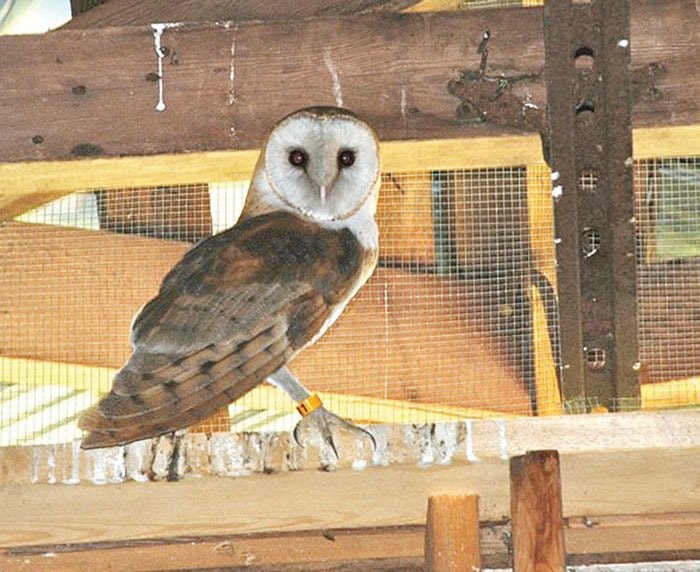After almost three weeks of living in a shroud of fog there is finally a very bright light at the end of the tunnel.
The thick blanket of fog was preceded by some very heavy rain storms. Both of these unusual weather patterns have resulted in some injuries and fatalities to local wildlife. Fog is especially hard on daytime hunters that visually locate their prey.
Especially vulnerable are the bald eagles along the waterfront in Campbell River. They live in an area where they are very visible and there are lots of waterfront apartments. Because eagles often live close to humans, many people like to bird watch from their decks and are great lookouts when an eagle is in trouble.
Eagles have their own territory which includes a nest tree and a number of perch trees where they will hang out until prey comes along. Often the perch trees can be several hundred meters from the water and in between the tree and the water there are many manmade obstacles. Eagles are scavengers by nature and any easy meal is greatly accepted, however, this often leads to the birds becoming habituated to humans.
As a result of the foggy weather, we had more than normal eagle reports. Most reports turned out to be direct result of human intervention. If you feel that an eagle is in distress please contact Mountainaire Avian Rescue Society (MARS) for further advice on how to proceed, do not wait until the bird has flown away. We ask you to stay away from the bird. Sometimes they are conserving their energy to keep themselves warm and by making them fly can ultimately lead to starvation.
We received numerous reports about one eagle that had been on the same beach for a week. It was reported as “looking” sick, but was still able to fly. When sending out a rescue team, we always put the team’s safety first and emphasize that we cannot chase an eagle if it can fly. When we inquired further it turned out that the eagle was being fed by people who were approaching within a few feet to take photos of the bird. Once a bird is unable to fly, capture is easier but sometimes a live trap has to be used to prevent further stress and damage to the eagle.
Eagles are opportunistic feeders; they are also top of the local avian food chain. There is always a chance that one or two hapless birds will come along and present them with a free meal.
That brings me to another somewhat disturbing incident which includes animal cruelty involving a sea gull and a small group of kids. This incident was reported and witnessed by some bystanders. For reasons known only to them, the kids were throwing rocks at the sea gull. Unfortunately for the gull, one rock hit its intended target. The gull provided an unexpected meal when it landed in the water right by the eagle.
Please take the time with your children to reinforce how to behave around wild life and treat it with respect. Fortunately this kind of act of cruelty does not happen too often.
As our urban areas expand, more buildings are encroaching on wildlife habitats resulting in more injuries and fatalities due to the loss of safe habitats. One of the necessities of urban expansion is the increased need for power but the lines that conduct the power can have a huge impact on some birds. Fortunately, BC Hydro is a great supporter of wildlife management. They try to make the power lines more visible in areas where large groups of birds congregate.
Last week we picked up the remains of an 11.8 kilogram trumpeter swan that probably misjudged the power line due to the heavy fog. It had not gained the necessary altitude to miss the line. It was instantly electrocuted and also sustained severe neck injuries along with badly singed feathers on its body and wings.
Campbell River has a similar problem with eagles flying from perch trees to the ocean. In addition, they must cross many busy roads.
Accidents are not always preventable as was the case with a bird being in the wrong place at the wrong time. Barn owls are welcomed by the local farmers as they are great “ratters” and control the rodent population in the barns. Unfortunately for one roosting barn owl, the farmer was power washing some equipment in the barn which spooked the owl. In its panic to hide again, the owl became disoriented. Misjudging its escape route, the owl to hit a wall which resulted in fatal injuries. Some accidents are not preventable, just bad luck.
These incidents have made us more determined to reach as many people as we can through education as there are still so many people that do not understand how a simple action can prove to be life threatening to wildlife. I witnessed some well meaning people feeding chickadees and nuthatches with “frosted cinnamon buns” which only provide empty calories and constipation. If you must help the songbirds, please feed them their natural food.
www.wingtips.org
